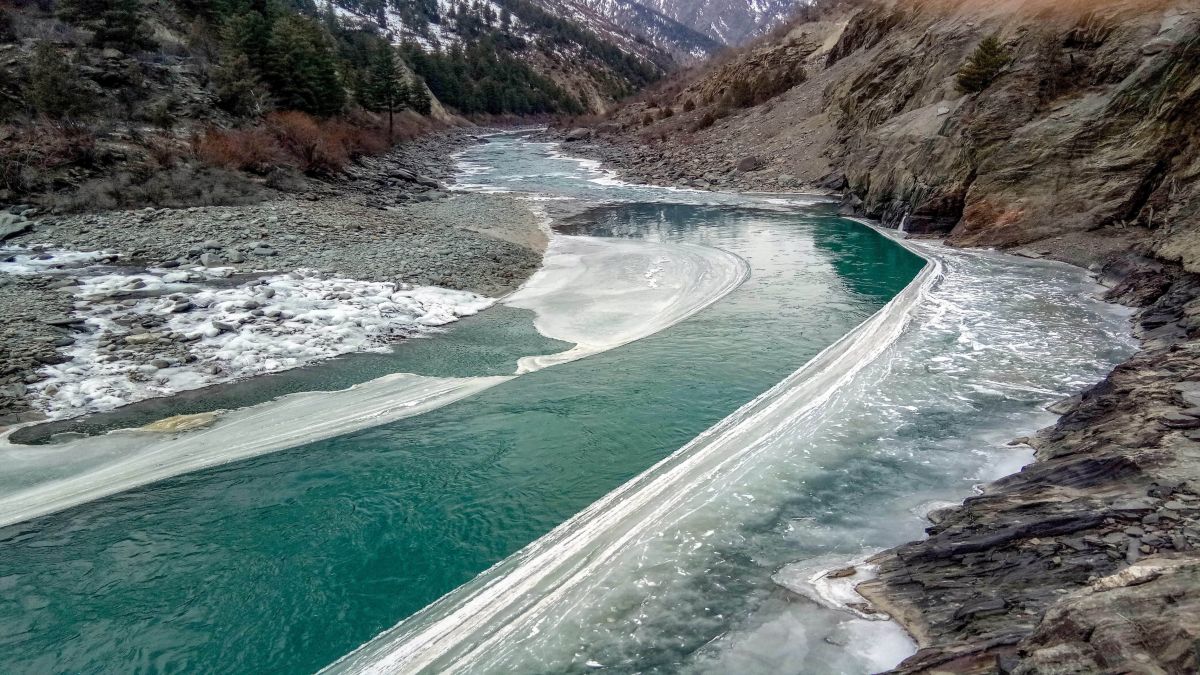The Centre is set to conduct a study on maximising the use of water from the three rivers — the Indus, Jhelum and Chenab — that were previously allocated to Pakistan under the Indus Waters Treaty. The treaty, which has been suspended in the wake of the Pahalgam terror attack, gave Pakistan control over these rivers, while India had rights to the eastern rivers: Sutlej, Beas and Ravi.
A high-level meeting chaired by Home Minister Amit Shah on Friday discussed the way forward regarding the treaty, which has been kept in abeyance since the attack that killed 26 people. The treaty, brokered by the World Bank, granted India the rights to 33 million acre-feet of water annually from the eastern rivers, while Pakistan had access to around 135 million acre-feet from the western rivers.
Read Also: What is India’s 3-step plan to stop Indus water flow to Pakistan?
As per the World Bank-mediated agreement, India had exclusive rights over the eastern rivers — Sutlej, Beas, and Ravi — amounting to an average annual flow of about 33 million acre-feet (MAF). Meanwhile, the western rivers — Indus, Jhelum, and Chenab — with an average annual flow of around 135 MAF, were largely allocated to Pakistan.
Now, with the treaty in abeyance, the government is assessing how best to harness the waters of the Indus, Jhelum, and Chenab. Following the meeting, Jal Shakti Minister C R Paatil emphasised that the government is committed to ensuring that not a single drop of water flows into Pakistan.
He said Prime Minister Narendra Modi has issued a slew of directives, and the meeting was held to follow up on them. Shah made several suggestions at the meeting for their effective implementation.
”We will ensure that not a single drop of water flows into Pakistan from India,” the Jal Shakti Minister had said after the meeting.
Sources said the government is working on a long-term plan to ensure the effective implementation of its decisions.
Impact Shorts
More ShortsAccording to an official, the ministry has been asked to conduct a study to look at ways to utilise the water from the three western rivers.
Experts have spoken about the lack of infrastructure that may limit India’s capability of completely utilising the water it gets from the decision to suspend the treaty.
”The real issue is with the western rivers where infrastructure limitations prevent us from immediately stopping water flows,” Himanshu Thakkar of the South Asia Network on Dams, Rivers and People (SANDRP) said.
”We have several projects underway in the Chenab basin that will take five to seven years to complete. Until then, water will continue to flow to Pakistan by gravity. Once these are operational, India will have control mechanisms that currently do not exist,” Thakkar had told PTI.
Shripad Dharmadhikary, an environmental activist and the founder of Manthan Adhyayan Kendra, has also cautioned against assuming that India could rapidly divert water flows. ”At present, we lack the major infrastructure needed to stop water from flowing into Pakistan,” he said.
In response to India’s decision on the water-sharing agreement, Pakistan’s Senate, in a resolution, has said the move amounted to ”an act of war”. PTI UZM NSD
.
.
)